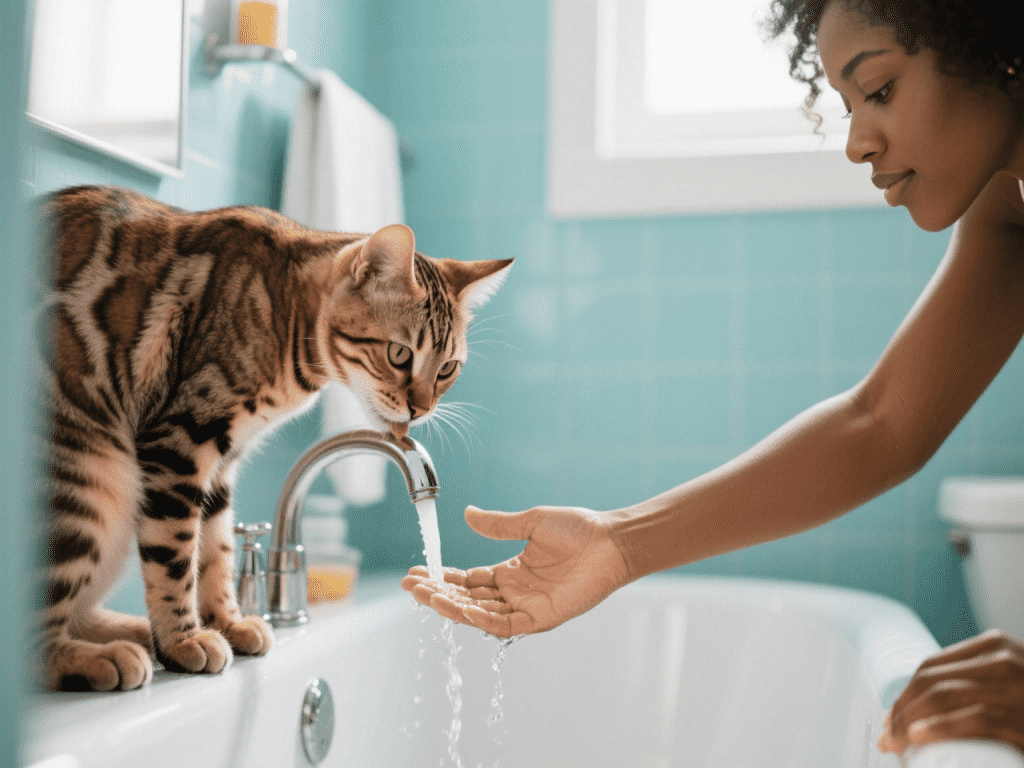
Few cat behaviors puzzle owners more than the sight of their typically fastidious feline recoiling from—or, in rare cases, diving enthusiastically into—water. As a long‑time pet expert who’s seen both water‑fearful Persians and enthusiastic Maine Coons, I can assure you: a complex blend of evolution, sensory sensitivity, and social learning shapes each cat’s water stance. Let’s explore the roots of feline water aversion, the exceptions, and tips for safe, stress‑free introductions.
1. Ancestral Origins in Arid Climates
Domestic cats (Felis catus) descend from Near Eastern wildcats, species adapted to desert life where water sources were scarce and often predator‑filled. Consequently:
Water Fear as a Survival Trait:
Limiting time in or near water reduced risks from predators and drowning.Dry Fur Advantage:
Maintaining insulation and agility without the encumbrance of wet, heavy fur aided hunting success.
Over generations, this instinctual wariness has carried forward, though environmental and breed differences can modify the response.
2. Sensory Sensitivities to Temperature and Texture
Cats have highly sensitive whiskers and tactile nerves:
Whisker Overload:
Whiskers detect subtle currents; direct contact with water can overwhelm sensory inputs.Fur Clumping:
Wet fur sticks to the skin, impairing a cat’s ability to regulate temperature and move silently—crucial for a stealth predator.Temperature Preferences:
Cats often favor slightly warm water; cold water can trigger an aversive reflex.
Understanding these factors explains why a slow drip from a tap can provoke anxiety, whereas a shallow, lukewarm basin may elicit curiosity.
3. The Unlikely Water Lovers
Certain breeds and individuals defy the stereotype:
Turkish Vans & Maine Coons:
Thick, water‑resistant coats and genetic predispositions make them at ease splashing in pools or streams.Positive Early Exposure:
Kittens introduced gently to water play during weeks 4–9 often grow into more tolerant adults.
Supervised “wading pools” in shallow warm water, with toys and treats, can encourage playful associations.
4. Harnessing Cat Baths Without Trauma
Cleanliness is key—but standard bathing can spike stress hormones. To bathe a reluctant cat:
Preparation:
Trim nails 24 hours beforehand. Gather treats, towels, and a non‑slip mat.Water Depth & Temperature:
Fill the sink or tub with just enough warm water (≈2 inches for kittens, 4–6 inches for adults).Slow Introduction:
Let your cat explore the water edge, reward calm behavior, then gently place them in the basin.Use Cat‑Specific Shampoo:
Avoid human products; rinse thoroughly and wrap immediately in a warm towel.
Veterinary Note: Only bathe as needed—overbathing strips natural oils, leading to dry, irritated skin.
5. Alternatives to Full Baths
Waterless Shampoos & Wipes:
Quick, low‑stress options for spot cleaning.Professional Grooming:
Experienced groomers use gentle handling and specialized equipment to minimize anxiety.Regular Brushing:
Reduces loose fur and dander, decreasing the need for baths.
Conclusion
Cats’ complex relationship with water arises from ancestral survival strategies, heightened sensory perception, and individual experiences. By acknowledging their innate cautions and providing gentle, positive introductions, you can support both necessary grooming and occasional water play. Whether your cat ends up sipping drips or dipping paws in delight, understanding the “why” behind the behavior ensures both of you stay calm, dry—or splash happy—together.

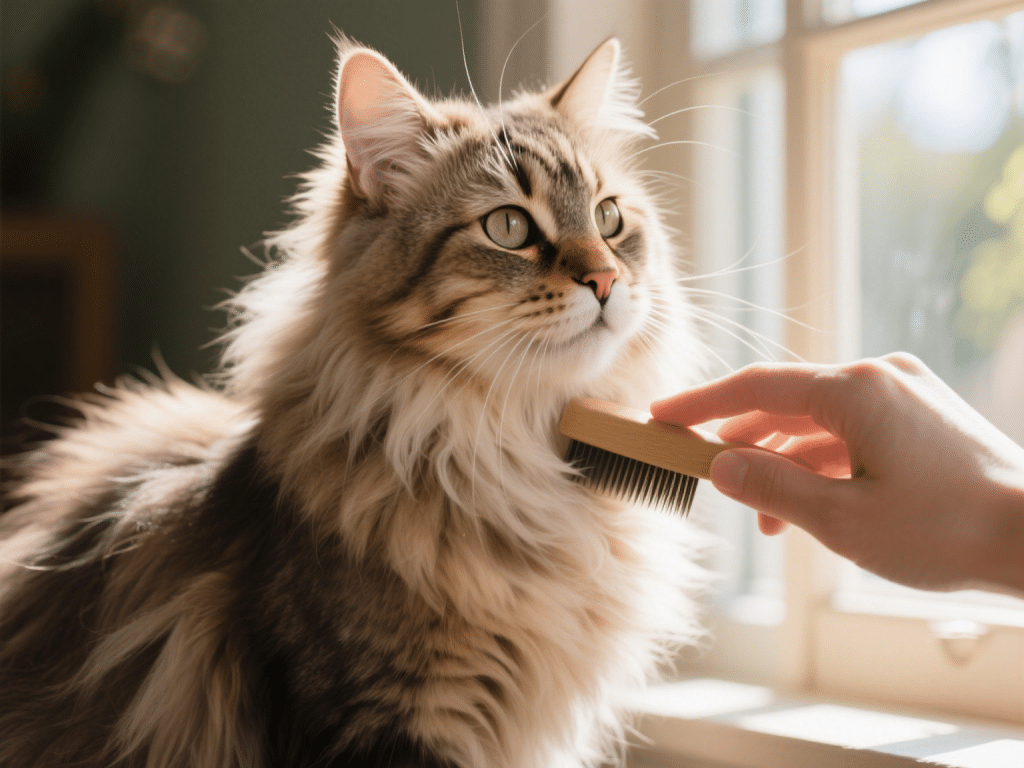
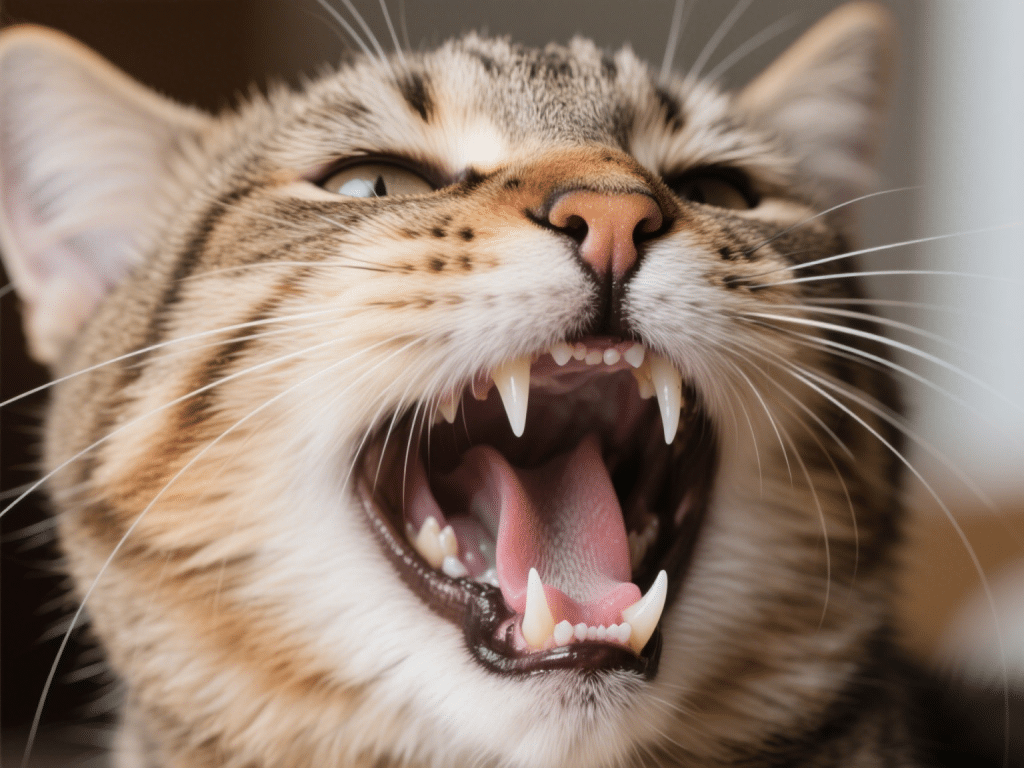
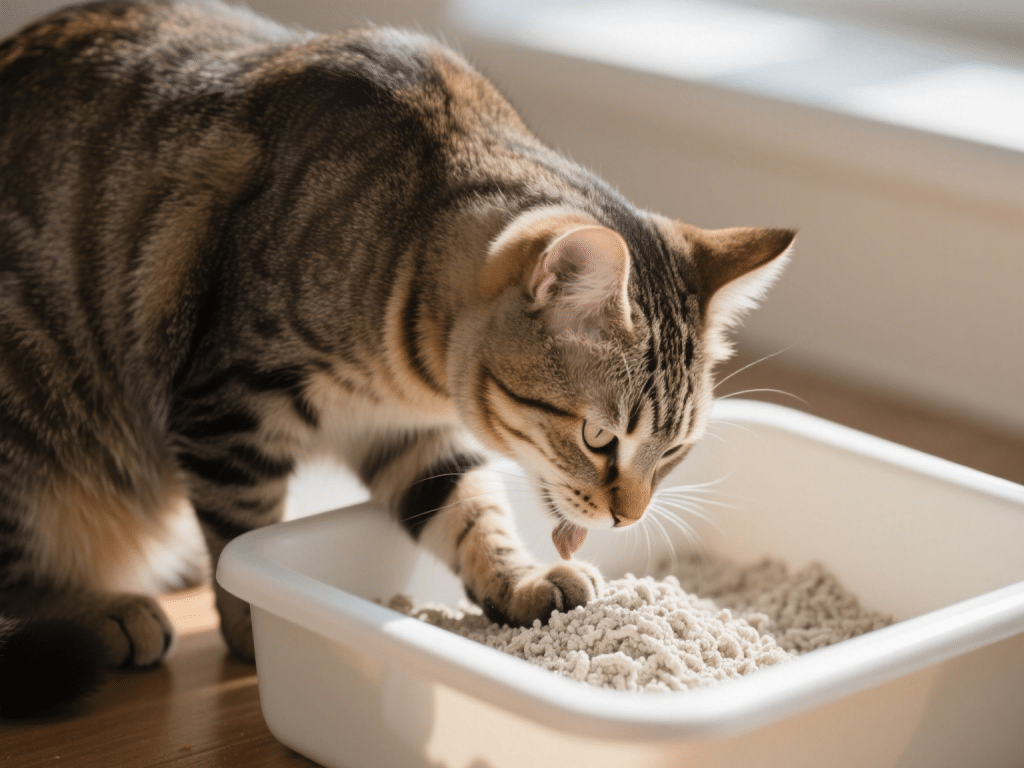

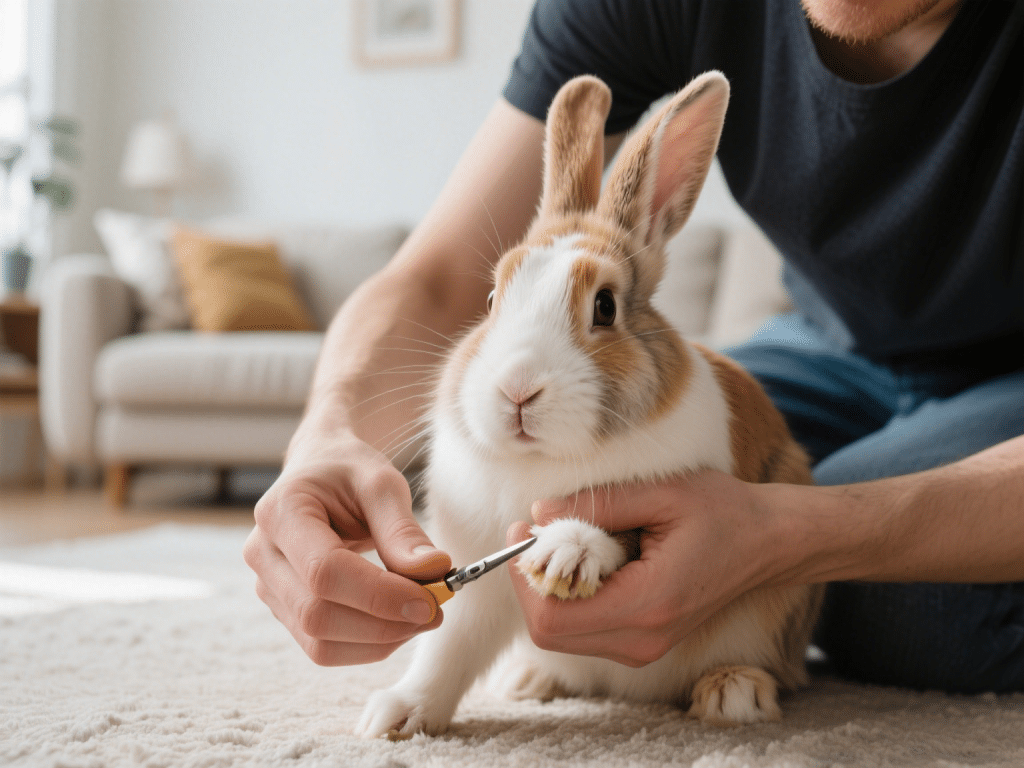
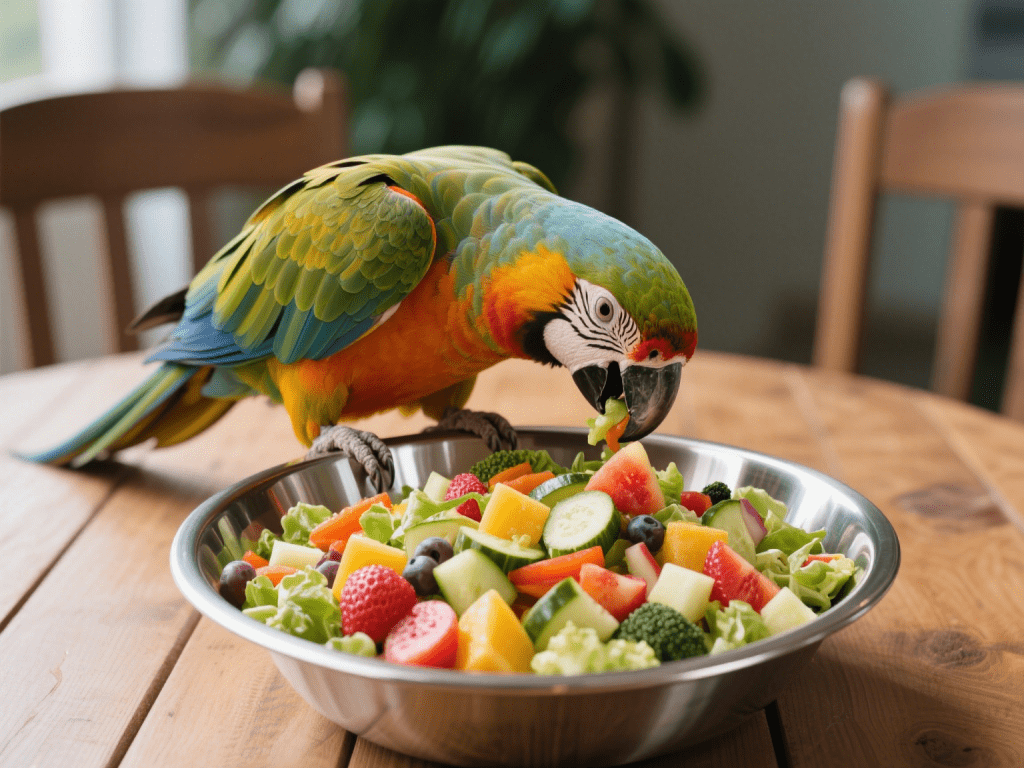


Comments on " Why Cats Love (or Hate) Water: Unraveling the Splashy Mystery" :